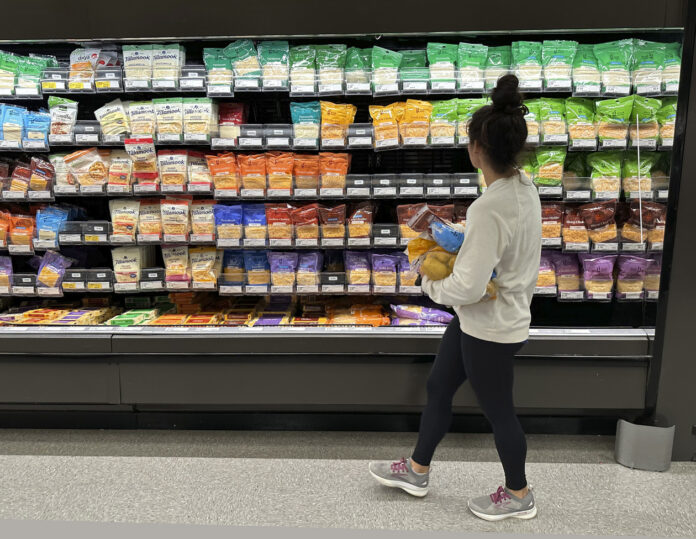Last month, annual price hikes hit a three-year low, significantly easing the post-pandemic spike in U.S. inflation. This paves the way for the Federal Reserve to drop interest rates next week.
Consumer prices increased 2.5% year-over-year in August, according to data released by the Labor Department on Wednesday. This was a decrease from 2.9% in July. It was the lowest yearly growth since February 2021 and the sixth consecutive decline. The price increase from July to August was a meager 0.2%.
Core prices, which do not include energy and food prices, up 3.2% year-over-year in August, matching the increase from July. Core prices increased 0.3% month-over-month in August, up from 0.2% in July. Core prices are closely monitored by economists as they tend to offer a more accurate indication of future inflation tendencies.
Americans have been feeling the effects of the price spikes that occurred three years ago, especially for food, gas, rent, and other essentials, thanks to the incremental relief that has been brought by falling inflation. The highest rate of inflation in forty years occurred in the middle of 2022, when it reached 9.1%.
The third monthly reduction in gas prices in as many months contributed significantly to last month’s overall inflation dip. Average gas prices dropped 0.6% from July to August and are down 10.6% from a year earlier. One percent of all vehicles sold were used ones last month. A year ago, used automobile costs were 10.4 percent lower.
Despite being far higher than they were three years ago, grocery prices remained steady from July to August, continuing a cooling trend in food expenditures. Similar to the rate of food inflation before the epidemic, supermarket costs have climbed by just 0.9% in the last year.
Fed officials are turning their attention to bolstering the slowing employment market and have shown growing confidence that inflation will fall back to their 2% objective. So, in an effort to boost growth and jobs, officials are ready to start lowering their benchmark interest rate from its 23-year high.
Next week, a small reduction of a quarter of a point is anticipated. Borrowing money for various purposes, such as mortgages, cars, and credit cards, should become more affordable as a result of a string of rate drops.
In the last weeks of the presidential campaign, the most recent inflation data may decide the outcome. Inflation spiked in early 2021 due to global supply chain disruptions, which led to acute labor and part shortages; former president Trump blamed Vice President Kamala Harris for the spike. To bring down house prices, Harris has advocated for incentives for both homebuyers and builders, and she supports a government prohibition on grocery store price gouging. To combat rising prices, Trump has promised to increase energy production.
Core inflation increased due in large part to the fact that housing and rental costs increased at a quicker rate from July to August than they had the previous month. Housing prices are being actively monitored by Fed officials, who anticipate a more consistent cooling in the near future.
The median monthly rent for a new lease increased by only 0.9% year-over-year in August, reaching $1,645 per month, according to real estate agency Redfin. However, the government’s metric incorporates all rents, even those of tenants who have remained in their residences for an extended period of time. It will take some time for the government’s data to reflect the decline in new rents. The government’s consumer price index showed that rental costs increased 5.2% year-over-year last month.
Also easing inflationary pressures is the fact that American wages are expanding at a slower rate, on average, of roughly 3.5% per year. Wage growth was above 5% two years ago, which means companies could have to drastically increase prices to compensate for the increased cost of labor.
Fed Chair Jerome Powell made the announcement that inflation was under control and that the labor market was not likely to contribute to price increases in a highly publicized speech last month.
Over the last three years, consumers have been the engine that has driven the economy. However, they are worried that they will soon have to cut back on their spending because they are taking out more and more loans to pay for their spending habits. More companies may halt hiring or possibly lay off workers if consumers cut back on their spending.
